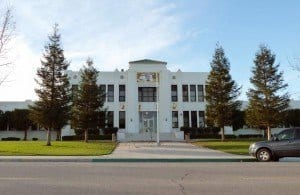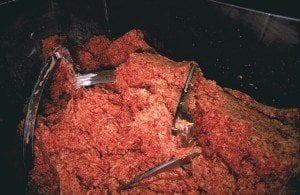Study shows children with disorder are surviving to older ages
Trisomy 18 is a rare genetic disorder that is considered fatal, but according a new study, there may be hope for the children affected.
About 90 percent of children born with Trisomy 18 die in the first year of life. According to the study, a significant number of children with this condition are actually surviving to older ages. Over a third of hospitalizations for Trisomy 18 and the closely related Trisomy 13 over the past 15 years were for children more than a year old, the study said. In fact, over 10 percent of the cases were a child over the age of eight.
The author of the study, Dr. Chris Feudtner, said the analysis shows that the disease is not necessarily lethal; although, it does require a lot of medical attention to keep these children alive.
Trisomy 18 and 13 occur in children who have three chromosomes for a particular gene when there should be only two. The conditions are closely related to Down syndrome, or Trisomy 21. According to the National Institutes of Health, the conditions may cause symptoms such as clenched hands, low birth weight, mental deficiencies, small head and jaw and an unusually shaped chest. Diseases like pneumonia, which are not typically life-threatening for other children can be so for those with Trisomy 18 and 13.
Feudtner and his colleagues analyzed data on hospitalizations for children with Trisomy 18 and Trisomy 13. As many as 1,600 hospitalizations in the U.S. during the past 15 years were for patients with Trisomy 18 and up to 900 hospitalizations were for patients with Trisomy 13. Feudtner said increases in hospitalization for children with Trisomy 18 and 13 may lead to greater success in improving their life expectancy.
Children with Down syndrome were once thought be disabled beyond hope, but as more and more doctors began attempting and succeeding at repairing certain deformities, the children began surviving longer. Feudtner is hopeful that a similar trend will occur for children with Trisomy 18 and 13. “One would be making a big mistake to assume that the story will be exactly the same for children with Trisomy 13 or 18, but part of what is likely happening, is similar,” he said.
Dr. Shawn McCandless, Director of the Center for Human Genetics at University Hospitals Case Medical Center in Cleveland said that the treatment and care of the children with Trisomy 18 and 13 may impact their ability to survive. “We don’t know how well these kids can do until we give them every opportunity to do their very best,” he said.



















